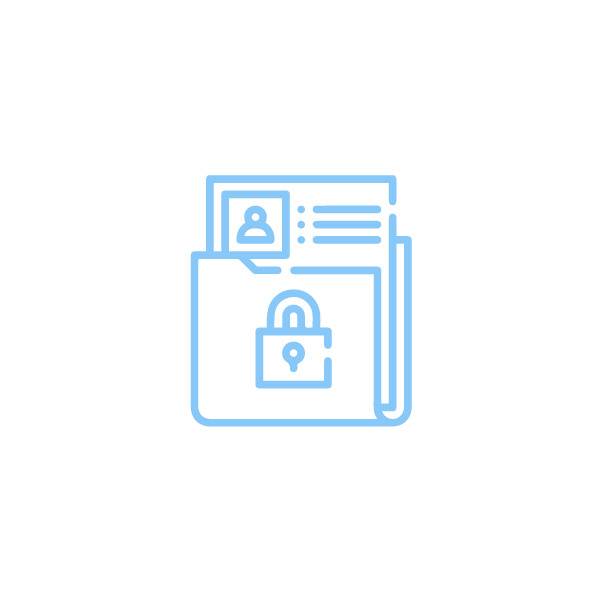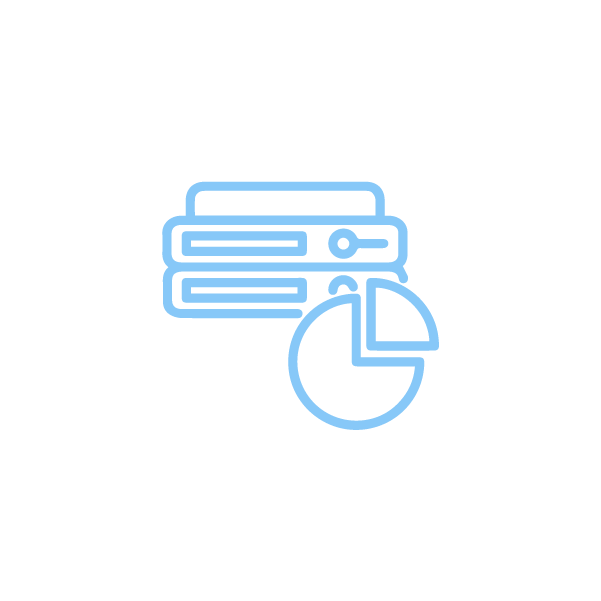Digital cleanup for businesses
How to do a Digital Cleanup
Companies and organisations can make changes in everyday work flow that help reduce the ecological footprint of digital systems significantly. This requires a little time and willingness to make strategic decisions and implement simple changes. When you think of your workflow, you must evaluate what does and does not work, then assess how you can make the system work better for everyone.
As a business, why should you care?
By tackling your digital footprint issue head-on, you reduce your organisation’s environmental load, creating instead a much more sustainable workflow.
The fewer forgotten backups and unused digital systems you possess, the fewer resources are spent on surveillance and monitoring of logs. Consequently, there are fewer security risks and server strains.
Too many systems, or half-used solutions, decrease efficiency. Having better-organised and clear virtual offices help to increase worker satisfaction, thus increasing efficiency.
Organising and taking part in Digital Cleanup Day increases team morale and unity. It is a team building event – free, fun, and carrying a positive social and environmental impact.
Digital waste is expensive for you and the environment; each minute sees 240 million emails sent, of which 20% are never even opened. The space occupied by backups and unused files on servers carries a price tag.
By inviting other organisations to join you in digital cleanups, you help create awareness around the issue, kickstarting the discussion in society on how we can solve this invisible problem of digital pollution.
How to reduce your organisation’s digital footprint
STEP 1
Know what is and what is not waste
Digital waste could be anything from pointless copies, to forgotten backups, to customer records kept for years – just in case. But your digital footprint also increases by sending emails, with or without files, back and forth, using virtual workspaces irregularly, backing up large files on servers in real time, holding long meetings with videos streaming, etc. A great way to start figuring this out is to make an overview of what is business-critical, and what kind of records are required to be kept by law, followed by evaluating the efficiency of your digital procedures.
STEP 2
Map your digital waste
Find out where your forgotten digital trash is: check through all your backups, email inboxes and sent items, expired records and documents, all data kept on servers, and where large files are being stored.
STEP 3
Organise a digital cleanup
Educate your staff about digital waste and organise a digital cleanup with your staff; you can encourage them to clean up their personal and company devices. Organise a competition, or challenge your co-workers to participate. Get rid of all junk and keep what is business-critical in cloud servers. Include your IT department in coming up with solutions that would cut down on wasteful digital practices.
STEP 4
Implement practices that help keep digital waste in check
Automate deletion of expired files, organise virtual workspace in a way you would organise an office, have fewer (and more effective!) video meetings, make sure you are using your virtual office efficiently, educate your employees on digital practices, and give up systems that do not serve you well.






